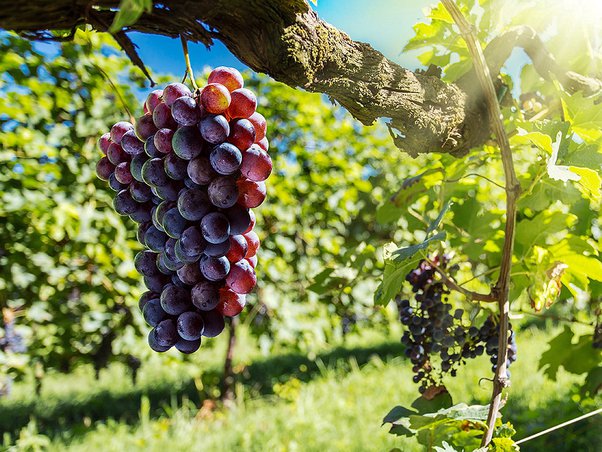Wine and water: exploring hydroponic vineyards
In an era where sustainability and innovation intersect in agriculture, the concept of hydroponic vineyards is gaining ground, presenting a futuristic yet viable alternative to traditional viticulture. Hydroponics, the practice of growing plants without soil, using nutrient-rich water solutions, has been applied to various crops with significant success. Now, this technology is making its way into the wine industry, offering potential solutions to some of the most pressing challenges faced by vineyard owners and winemakers. This blog post delves into the fascinating world of hydroponic vineyards, exploring their benefits, challenges, and the future of wine production through this sustainable lens.
The basics of hydroponic vineyards
Hydroponic vineyards operate on the principle of growing grapevines in a controlled environment, where water and nutrients are delivered directly to the plant roots via a circulating water system. This method eliminates the need for soil, allowing for greater control over the growing conditions, including nutrient levels, ph balance, and moisture, which are critical factors in grape development and, consequently, wine quality.
Environmental benefits
One of the most compelling arguments for hydroponic vineyards is their potential environmental benefits. Traditional viticulture can be water-intensive and may contribute to soil degradation and erosion, particularly in arid regions or places where the land is not ideally suited for grape cultivation. Hydroponic systems, on the other hand, use water more efficiently, often recycling it within the system, leading to significant reductions in water usage. Additionally, by circumventing soil, these systems can prevent some of the common soil-borne diseases, reducing the need for chemical fungicides and pesticides, thus lessening the environmental impact.
Challenges and considerations
Despite the apparent benefits, hydroponic vineyards face several challenges. The initial setup and maintenance costs can be high, requiring significant investment in infrastructure and technology. There’s also the question of terroir— the unique characteristics that the geography, geology, and climate of a certain place, communicated to the wine through the soil, impart to the grape. Critics argue that hydroponically grown grapes may lack the depth and complexity associated with traditional soil-grown vines. However, proponents counter that hydroponics allows for precise control over the growing environment, which can be used to replicate or even enhance certain terroir characteristics.
Innovative practices and success stories
Despite the challenges, there are already successful examples of hydroponic vineyards. In regions where land is scarce or soil conditions are not conducive to viticulture, hydroponics has allowed for the cultivation of vineyards. These pioneering operations are not only producing viable grapes for wine-making but are also conducting valuable research into optimizing hydroponic conditions for various grape varietals.
The future of wine production
As technology advances and our understanding of hydroponic systems deepens, the future of hydroponic vineyards looks promising. With the global climate changing and arable land becoming scarcer, the wine industry must explore sustainable alternatives to ensure its survival and growth. Hydroponics offers a way to produce high-quality grapes while minimizing environmental impact, making it a compelling option for the future of viticulture.
Conclusion
Hydroponic vineyards represent an exciting frontier in the intersection of agriculture and technology. While challenges remain, the potential benefits of hydroponics in terms of sustainability, efficiency, and even flavor innovation cannot be ignored. As the wine industry continues to evolve, it will be fascinating to see how hydroponic vineyards contribute to the future landscape of wine production, offering a glimpse into a more sustainable and innovative approach to crafting our cherished wines.



